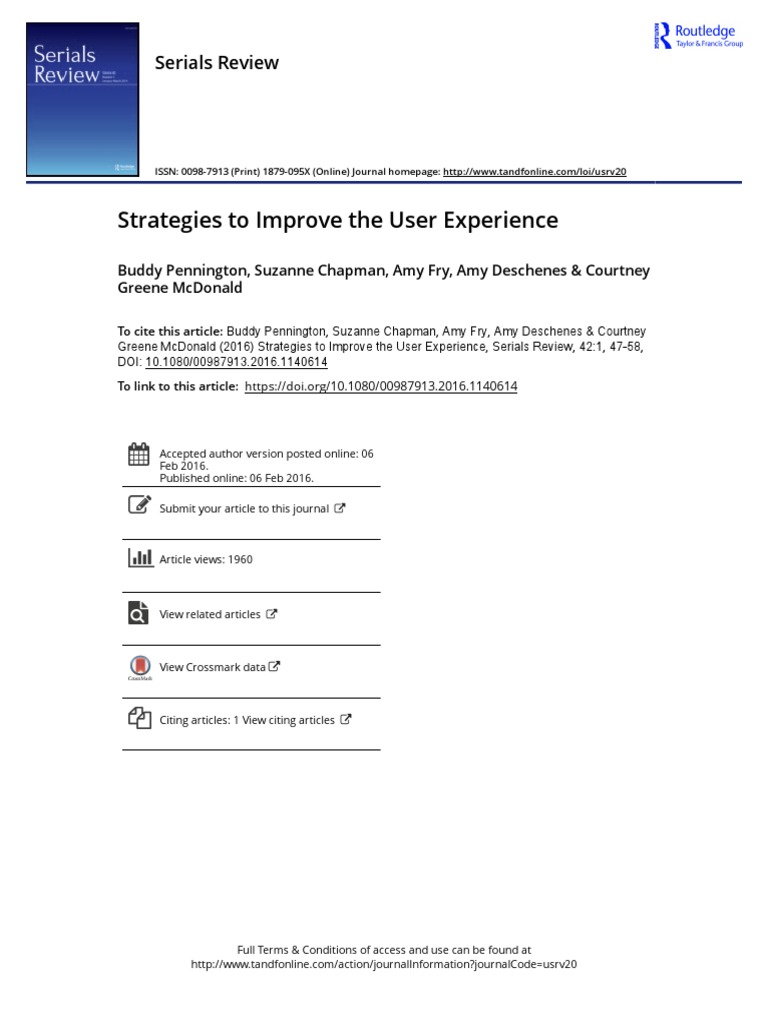
Introduction
In the ever-evolving digital landscape, user experience (UX) has become a critical factor in determining the success of a website. One of the most effective tools for improving UX is the use of “Read More” and “summaries” to manage content density and engagement. These elements allow users to navigate through information more efficiently, reducing cognitive load while still providing access to detailed content.
This article will explore how to strategically implement “Read More” and summary features on your website to enhance user experience. We’ll cover why these features matter, how they impact SEO and engagement, and provide a step-by-step framework for implementation. Whether you’re optimizing a blog, e-commerce site, or informational platform, this guide will help you create a more engaging and user-friendly experience.
H2: What Is “Read More / Summaries” and Why It Matters
“Read More” and “summaries” are interactive content elements that allow users to toggle between a condensed version of content and its full form. The “Read More” button typically reveals additional text, while summaries offer a brief overview before diving into details.
These features are particularly useful for long-form content, such as articles, product descriptions, or FAQs. By offering a quick glimpse of the content, users can decide whether to engage further, leading to better navigation and reduced bounce rates.
From an SEO perspective, “Read More” and summaries can improve dwell time and reduce page abandonment. Search engines like Google prioritize pages where users spend more time and interact meaningfully. Additionally, well-structured summaries can increase the likelihood of content being shared or linked to, boosting your site’s authority.
H2: How “Read More / Summaries” Impacts SEO Performance
The strategic use of “Read More” and summaries can have a measurable impact on your site’s SEO performance in several ways:
- Improved Dwell Time: When users can quickly scan content and choose to read more, they are more likely to stay on your page longer. This increases dwell time, a key ranking factor for search engines.
- Better Mobile Optimization: On mobile devices, where screen space is limited, summaries help users get the gist of content without scrolling endlessly. This leads to a smoother browsing experience and higher engagement.
- Enhanced Content Accessibility: Summaries make content more digestible for users with varying reading speeds or attention spans. This inclusivity improves overall user satisfaction and encourages repeat visits.
- Increased Click-Through Rates (CTR): If your summaries are compelling and relevant, they can entice users to click “Read More,” increasing CTR and signaling to search engines that your content is valuable.
Moreover, using structured data like JSON-LD can help search engines understand your content better, potentially leading to rich snippets or featured answers. This further boosts visibility and credibility.
H2: Step-by-Step Implementation Framework
To effectively integrate “Read More” and summaries into your website, follow this structured approach:
- Define or Audit the Current Situation
- Identify which pages or content types would benefit from “Read More” or summaries.
- Analyze user behavior using tools like Google Analytics or heatmaps to determine where users drop off or skip content.
-
Check for any existing “Read More” features and assess their effectiveness.
-
Apply Tools, Methods, or Tactics
- HTML Elements: Use the
<details>tag in HTML to create collapsible content sections. This is a semantic and accessible way to hide and reveal content. - JavaScript Libraries: Implement libraries like jQuery or custom scripts to add smooth animations and transitions when users click “Read More.”
- CSS Styling: Design visually appealing buttons and sections that encourage interaction. Ensure the design is consistent with your brand identity.
-
Content Strategy: Write concise, engaging summaries that highlight the key points of the full content. Avoid redundancy and focus on value.
-
Measure, Analyze, and Optimize
- Track metrics such as bounce rate, average session duration, and CTR after implementing “Read More” and summaries.
- Use A/B testing to compare different versions of your content (e.g., with and without summaries).
- Gather user feedback through surveys or usability tests to refine your approach.
- Regularly update content based on insights to ensure it remains relevant and effective.
H2: Real or Hypothetical Case Study
Let’s look at a hypothetical case study of a lifestyle blog that implemented “Read More” and summaries across its content.
Background: The blog had a high bounce rate due to long, dense articles that overwhelmed readers. Visitors often left before finishing the content.
Implementation: The team introduced “Read More” buttons after the first paragraph of each article and added brief summaries at the top of each post. They also used the <details> element for FAQs and technical explanations.
Results:
– Bounce rate decreased by 25% within two months.
– Average session duration increased by 40%.
– Engagement metrics (like shares and comments) improved by 30%.
– The blog saw a 15% increase in organic traffic from search engines.
This case study demonstrates how even small changes in content presentation can lead to significant improvements in user experience and SEO performance.
H2: Tools and Techniques for “Read More / Summaries”
Here are some modern tools and techniques that can help you implement “Read More” and summaries effectively:
- SurferSEO: A powerful content optimization tool that helps you structure your content with the right keywords and formatting, including summaries and “Read More” sections.
- Google Tag Manager (GTM): Use GTM to track user interactions with “Read More” buttons and analyze their impact on engagement.
- Hotjar: Gain insights into user behavior through heatmaps and session recordings, helping you understand how users interact with your content.
- WordPress Plugins:
- More Tags Plugin: Allows you to insert “Read More” tags easily in your posts.
- WP Read More: Offers customizable “Read More” buttons and summaries.
- Typeform: Useful for creating interactive summaries or quizzes that engage users and encourage them to explore more content.
- Canva: For designing visually appealing “Read More” buttons and summaries that match your brand aesthetic.
H2: Future Trends and AI Implications
As AI continues to shape the digital landscape, the role of “Read More” and summaries will evolve. Here are a few trends to watch:
- AI-Powered Summarization: Tools like Google’s AI models or OpenAI’s GPT can automatically generate accurate summaries of long content, making it easier for users to consume information.
- Voice Search Optimization: With the rise of voice assistants, summaries will become even more important for users who rely on spoken queries. Concise, clear summaries will help your content rank better in voice searches.
- Multimodal Content: As search engines incorporate video, images, and audio, summaries may need to adapt to include visual or auditory cues, enhancing accessibility and engagement.
To stay ahead, focus on creating dynamic, user-centric content that leverages both human and AI-driven tools. Continuously test and refine your approach to ensure it aligns with evolving user expectations.
H2: Key Takeaways
- “Read More” and summaries help users navigate long content more efficiently, improving engagement and reducing bounce rates.
- These features positively impact SEO by increasing dwell time, improving mobile optimization, and enhancing content accessibility.
- Implementing “Read More” and summaries requires a strategic approach, including auditing current content, applying the right tools, and measuring results.
- Tools like SurferSEO, Hotjar, and WordPress plugins can streamline the process and help you achieve better results.
- As AI and voice search continue to grow, the importance of concise, well-structured content will only increase.
By embracing these practices, you’ll not only enhance user experience but also position your website for long-term success in an increasingly competitive digital environment.
Meta Title: How to Use ‘Read More / Summaries’ to Enhance User Experience
Meta Description: Learn how to use “Read More” and summaries to improve user experience, boost engagement, and enhance SEO performance on your website.
SEO Tags (5): user experience, content optimization, SEO strategies, web design, readability
Internal Link Suggestions:
– Parameter #8: How to Improve Website Speed for Better UX
– Parameter #15: Optimizing Navigation for Enhanced User Engagement
– Parameter #20: The Role of Visual Design in User Experience
External Source Suggestions:
– https://www.w3.org/WAI/ – W3C Web Accessibility Initiative
– https://support.google.com/websearch/answer/7409314?hl=en – Google’s guidelines on content quality
– https://www.contentsquare.com/ – Insights on user behavior and digital experience










